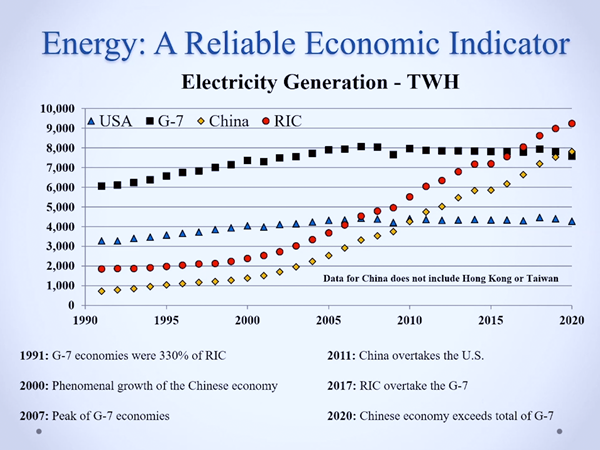Petro-Yuan: China has grand ambitions to dethrone the dollar. It may make a powerful move this year

China is looking to make a major move against the dollar's global dominance, and it may come as early as this year.
The new strategy is to enlist the energy markets' help: Beijing may introduce a new way to price oil in coming months — but unlike the contracts based on the U.S. dollar that currently dominate global markets, this benchmark would use China's own currency. If there's widespread adoption, as the Chinese hope, then that will mark a step toward challenging the greenback's status as the world's most powerful currency.
China is the world's top oil importer, and so Beijing sees it as only logical that its own currency should price the global economy's most important commodity. But beyond that, moving away from the dollar is a strategic priority for countries like China and Russia. Both aim to ultimately reduce their dependency on the greenback, limiting their exposure to U.S. currency risk and the politics of American sanctions regimes.
The plan is to price oil in yuan using a gold-backed futures contract in Shanghai, but the road will be long and arduous.
"Game changer it is not — at least not yet," said Gal Luft, co-director of the Institute for the Analysis of Global Security, a Washington based think tank focused on energy security. "But it is another indicator of the beginning of the glacial, and I emphasize the word glacial, decline of the dollar."
Beijing faces skeptical global oil markets and global perceptions it exerts too much state control. Those factors will hinder its drive to build a viable oil pricing benchmark that's able to compete with more established benchmarks like West Texas Intermediate or Brent (both dollar-denominated).
The architects of the "petro-yuan" face an uphill struggle in dislodging the "petrodollar" and, with it, more than four decades of U.S. dollar-priced oil. Attracting interest from entrenched and active markets in Europe, the U.S. and the Middle East — used to price more than two-thirds of the world's oil worth trillions of dollars – poses another major challenge.


